The challenge: Design a device for somebody who has health issues and lives at home to be able to summon help in case of an accident or medical emergency. There are several existing medical alert devices, but they all rely on paid monitoring services. These monitoring services are, at best, another bill to pay for someone who may be on a fixed income, and in worst cases, some monitoring services have failed to actually monitor their devices and left callers without any response.
Therefor, this device does not rely on external monitoring services or require any ongoing fees beyond having a telephone line (POTS, VOIP, etc) and electrical power. It will directly contact people of the user's choice by phone, which can be a friend, relative, emergency service, etc. As the user may not be able to speak in an emergency, the device will play a prerecorded message when the call recipient first picks up, then allow the user to talk to the call recipient.
Other requirements:
1. The device must be easy to use by a person who is not particularly adept with technology.
2. The transmitter must be small and compact, and able to withstand dropping, liquids, and in general, not be damaged in whatever accident requires calling for help.
3. The transmitter needs sufficient range to reach anywhere in a large house and sufficient battery power to operate for several days when not used and for around 20 minutes when placing a call.
Licensing: All content original to this project is released under a GPL v3.0 open source license. It will need several prepackaged, closed source modules in order to comply with FCC requirements for telephone and wireless connections with the resources available to develop this unit.
 dodgedart270
dodgedart270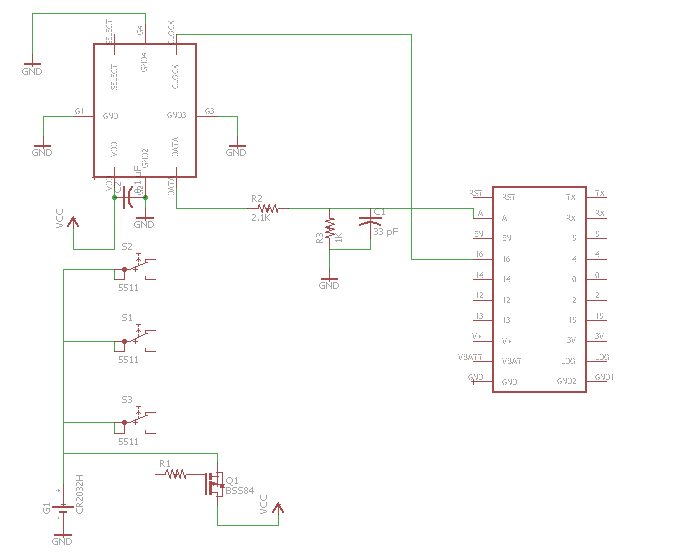
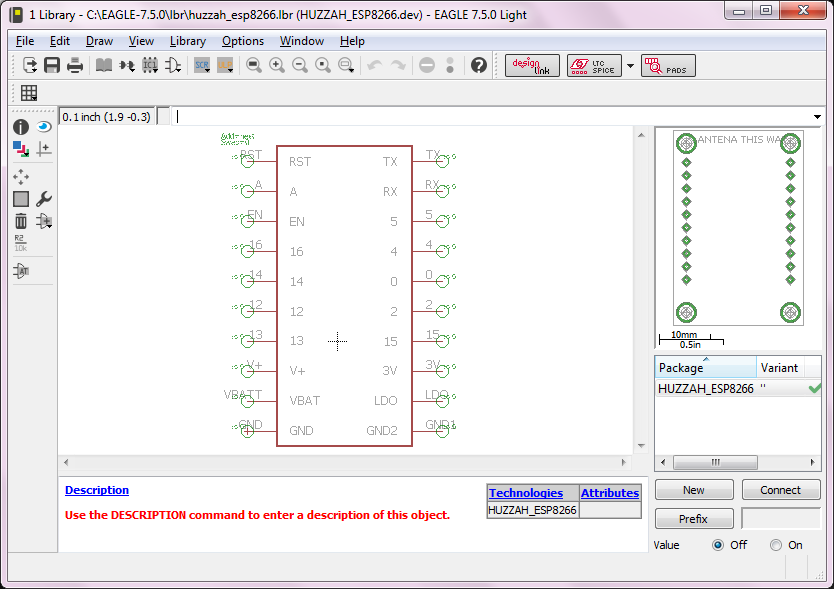

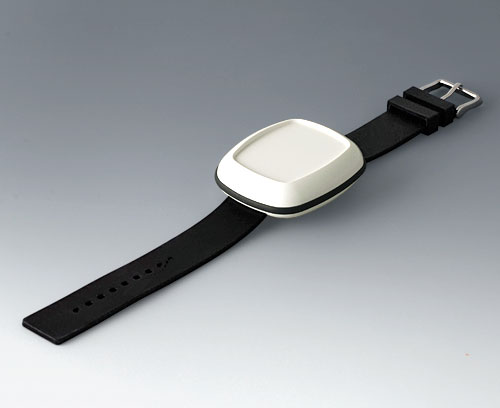
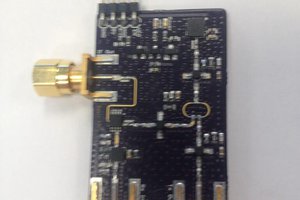
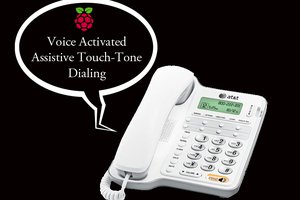
 Anthony
Anthony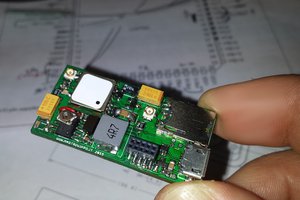
 Mastro Gippo
Mastro Gippo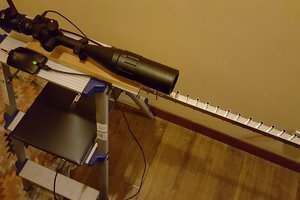
 TacticalNinja
TacticalNinja